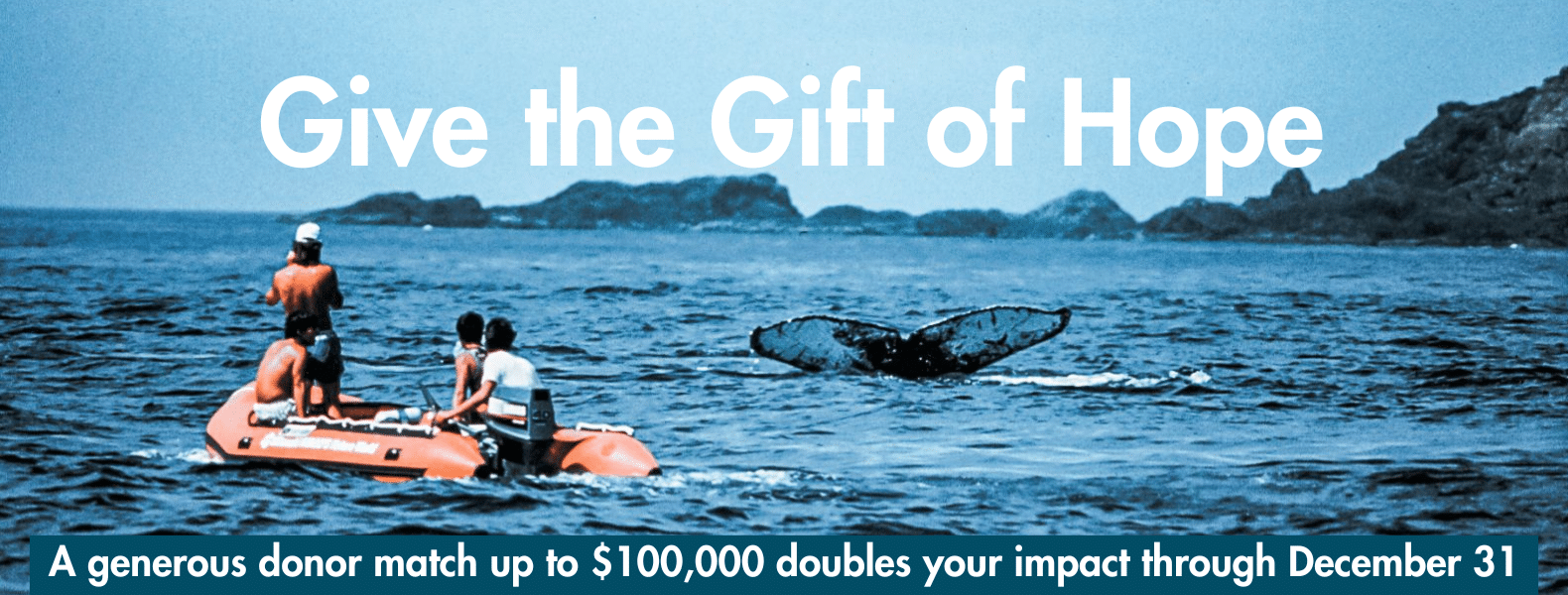Hawai‘i residents and marine mammal enthusiasts likely remember the breaking story on August 29, 2019, concerning a pod of 11 pygmy killer whales, a species of dolphin, that stranded on a beach in North Kihei on the island of Maui. Of the 11, six animals were re-floated and swam back out to sea and the remaining five were deceased. Although post-mortem examinations revealed underlying health conditions, the reason for the stranding remains unclear.

The mass stranding made international headlines and inspired a flurry of scientific investigation, including a collaborative study and corresponding scientific paper led by Pacific Whale Foundation (PWF) researchers that confirmed the use of advanced drone technology, or Unoccupied Aerial System (UAS)-photogrammetry, as effective and accurate in documenting body condition and health in free-range species. Considered groundbreaking within the research and scientific communities, the study offers new hope in the remote collection of data on the condition and health of marine populations in the wild — a historically challenging endeavor until now.
In partnership with University of Hawai‘i’s Marine Mammal Research Program (MMRP), and the University of Hawai‘i’s Health & Stranding Lab, PWF Chief Scientist Jens Currie and PWF Chief Biologist Stephanie Stack studied rapid weight-loss in a segment of pygmy killer whales spotted a few weeks after the August 2019 major stranding.
On September 13, 2019, six pygmy killer whales were detected within a few hundred meters of the Ma‘alaea Bay’s shoreline, well outside of their traditional distribution and habitat. In Hawaiian waters, this species of dolphin is typically found over 40 kilometers offshore in depths of 1,000 meters. The PWF Research team used photo ID to confirm that these were new individuals not associated with the earlier stranding. With assistance from NOAA Fisheries Pacific Islands Regional Office’s Maui Marine Mammal Response Coordinators, researchers tracked the group in nearshore shallow waters over a 21-day period. Daily monitoring of the animals revealed low energy behaviors (resting, milling and slow movement) and tight group cohesion.
The body volumes of the six pygmy killer whales were estimated using UAS-photogrammetry over four sampling days: September 16, 23, 27 and October 3. Drone data revealed that all individuals experienced an alarming decrease in body volume over 21 days resulting from a disruption in feeding and subsequent rapid weight-loss. During the observation period, two individuals stranded on shore on September 24 and the remaining four departed the area.
Post-mortem examinations of stomach contents from the September 24 stranding confirmed the disruption in foraging with evidence of having ingested a coral reef fish, leafy greens and even terrestrial plant material, an unusual and largely irregular diet for these dolphins.

“While sad, we were able to capitalize on the stranding as an opportunity to further science and collect additional research on the use of drones to assess body condition on smaller dolphin species,” explains PWF Chief Scientist Jens Currie. “Using UAS-photogrammetry, we were able to document the group’s deterioration over 21 days, as they were in an area not suitable for normal feeding activity.”
Typically, pygmy killer whales are found in deep-shore water where they feed on deep-shore species. “Eating grass is indicative of not being accustomed to hunting in shallow waters,” Currie adds. “They were essentially starving.”
The drone technology used to document the group’s body size was able to detect a 2% reduction in body weight per day during the observation period, with the smallest individual losing 27% of its body weight in only 17 days.
“This is the first instance in which we’ve been able to monitor a fasting or starving event in the wild over a three-week period, which really speaks to how quickly dolphins can deteriorate if they have no ability to forage,” Currie states. “When we have species that spend a large amount of time foraging because of their high metabolic rates, disrupting their ability to forage and feed, even in small amounts, quickly has serious implications. Even a one- or two-day disruption can result in a loss of body condition.”
After collecting the data, PWF collaborated with MMRP to analyze the findings in an ongoing partnership exploring the use of drones to monitor whales and dolphins on a broad scale in the wild. “This new approach opens up doors to quantify these changes in body condition, in response to not only human activity, but also larger climatic changes that the environment is posing towards these animals,” explains Lars Bejder, director of the MMRP unit within the UH Manoa Hawai’i Institute of Marine Biology.
The stranding, which took place the day after UAS-photogrammetry collected a final set of measurements of the group, allowed PWF and UH researchers to compare actual measurements of the stranded animal and those collected using drone technology.
“This was an incredibly rare opportunity to validate the measurements taken by drones with physical measurements from stranded individuals,” Currie notes. “The results strongly indicate that UAS-photogrammetry can accurately measure and monitor the health and body condition of free-range pygmy killer whales and dolphins of similar size — technology that can be applied to other species as well. With this piece of the puzzle, we can look at forecasting impacts on populations resulting from human activity and also monitor and compare impacted and non-impacted populations remotely to determine if a population is doing well or in need of intervention.”
As an early prevention tool, the use of drones in documenting body condition and health in myriad populations in the wild could effectively inform policy designed to mitigate human-caused disturbances for a variety of marine species.
Read the study
Rapid weight loss in free ranging pygmy killer whales (Feresa attenuata) and the implications for anthropogenic disturbance of odontocetes, authored by Jens J. Currie, Martin van Aswegen, Stephanie H. Stack, Kristi L. West, Fabien Vivier and Lars Bejder, is published in Scientific Reports.

